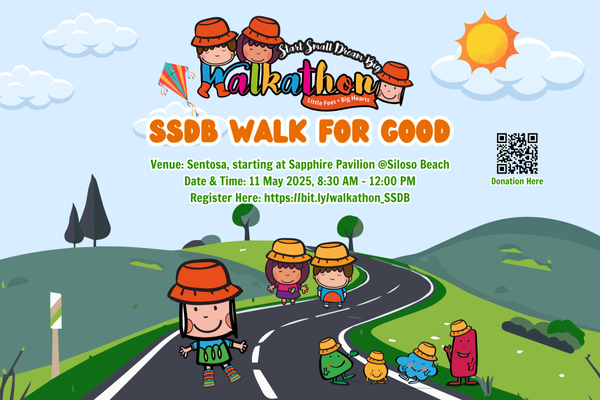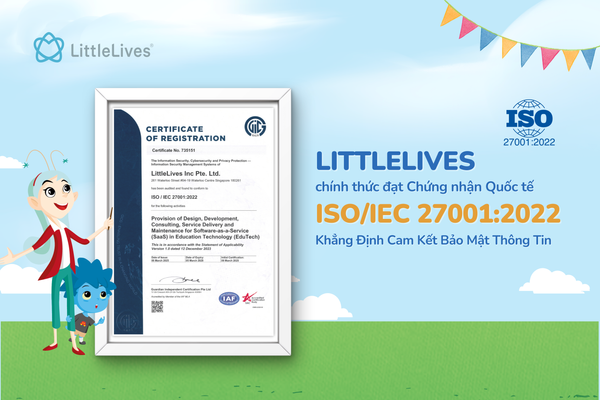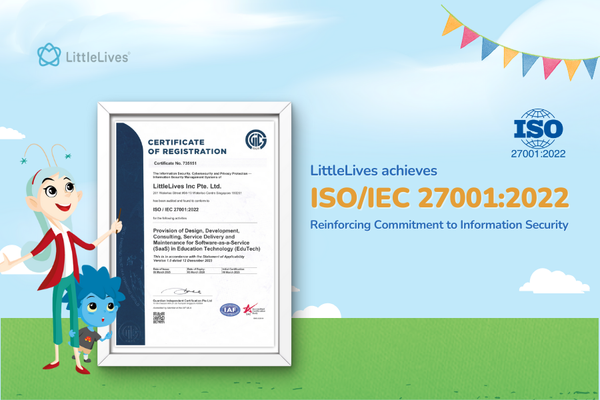Everything You Need to Know About Student Portfolios
While there are plenty of ways to evaluate the progress of students today, it isn't necessarily the case for young children. Read on for an all-you-need-to-know guide to student portfolios.

Portfolio assessment offers various benefits, including:
- A record of a student's ongoing development over a period of time
- Information to help you curate content and lesson plans
- A way for students to be involved in the portfolio creation
- A way to strengthen home-and-school communication
Getting Started
Have a plan, talk to your colleagues and students about portfolios. Brainstorm for ideas together to create a holistic assessment for your students. It's important to explain to students what a portfolio is, why it is important and how they can contribute to the process.

We highly recommend you to consider these questions before starting:
How do I organise and store student portfolios?
There are many ways to organise student portfolios today. You can start with a filing system, where you collect their work samples of what they write, draw or learn throughout the lessons. A collection of their work will be useful during parent-teacher conferences as it is easy for parents to see their children's progress.

Where do I keep these portfolios?
Portfolios are easiest to curate when you integrate them with your daily lessons. In our opinion, the most effective way to do this is to go digital. Using a school management system, such as LittleLives, is an efficient way to store portfolios. Aside from just being a storage system, parents can also view them whenever you share their children's progress via an app. You save hours of paperwork too!
What developmental areas will I be assessing?
Portfolios need to illustrate the growth in all developmental areas. Make sure that your lesson plans coincide with a developmental area that you are teaching. For example, outdoor activities involve movement, which could fall under the gross-motor developmental skills.

Managing Portfolios
The more you work with portfolios, the better you'll become at important organisational skills.

Here are a few pointers to better manage them:
Create a system

Being observant is an essential component of compiling meaningful portfolios, and this takes times and practice. The better you understand your students, the better you can track their progress as well. Try several methods of observing and communicating with students before you find a method that reflects your working style.
Develop a plan
As part of your weekly planning, decide on a focus for your observations. For example, you might decide to observe two or three specific students a day; the same group of six students for a week; or one particular developmental area, such as social-emotional development or cognitive growth.
Involve your students
Students take ownership when they can see and enjoy their portfolios. By involving them in your planning, you not only give them a sense of responsibility but at the same time encourage them to select what type of activity they want to do. Asking the right questions can develop evaluation and critical thinking skills too, such as, "What does this sample of work show that you can do?" "What did you learn?" "How did you explain this to your parents?"

Sharing Portfolios
All has been said and done, and now it's time to inform parents of their child's progress. Parents enjoy getting to know their children better, and your portfolio can be one way to help them visualise their growth.
Before you do that, make sure your portfolio has:
- A summary of what the child has been learning
- Detailed remarks and observations
- Developmental areas and milestones
- Clear photos or videos of their children in class
As you create portfolios, you will learn about students' styles, thought processes, accomplishments, strengths, and difficulties. More important, you will get to know, love, and remember your students through the portfolio process.

And they will get to know themselves better too.

If you're a content producer in the education industry, and you like our content, please reach out to us at storytellers@littlelives.com. We're looking for content partners and we're excited to get more eyes on educational articles!






